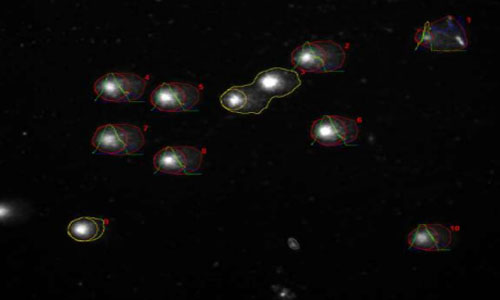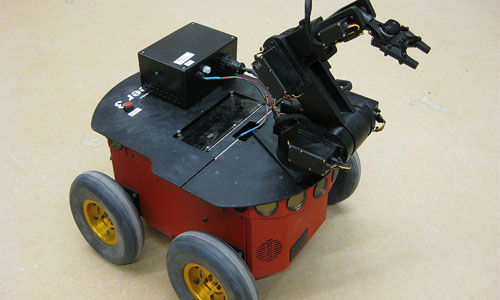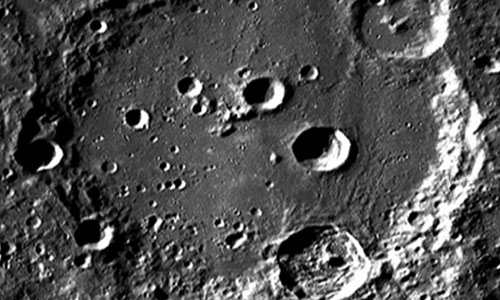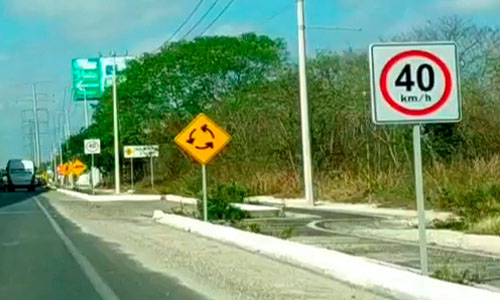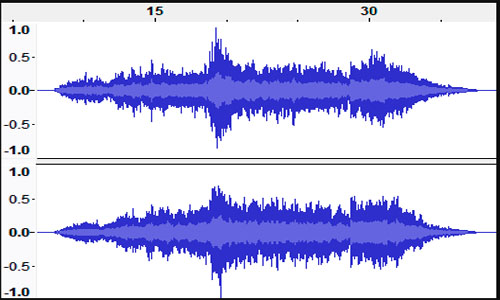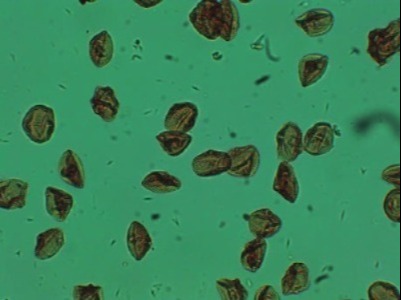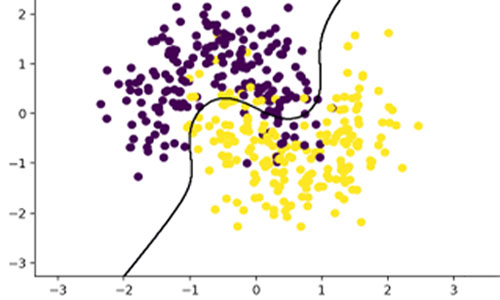 |
Learning problems
Historically, the problem of supervised classification has been tackled using the neural network approach or with algorithms of a statistical nature. In particular, neural networks, when correctly designed, are capable of delivering efficient solutions to the classification problem. However the analysis of the solution and its properties is very complex and this is why they are commonly referred to as "black box" solutions. In recent years, mathematical models have been proposed based on the calculus of variations for the problem of data classification. This different approach allows us to use powerful mathematical tools such as functional analysis and differential geometry for model analysis. We are interested in developing models and fast algorithms and to tackle the many challenges that appear in doing so.

|






